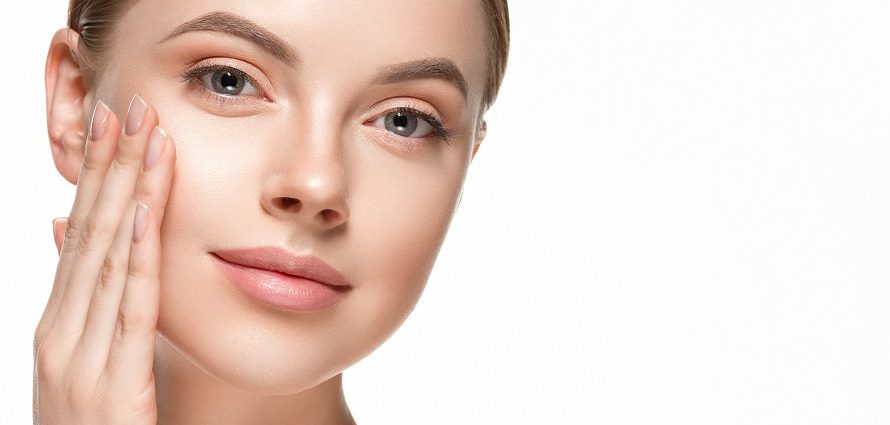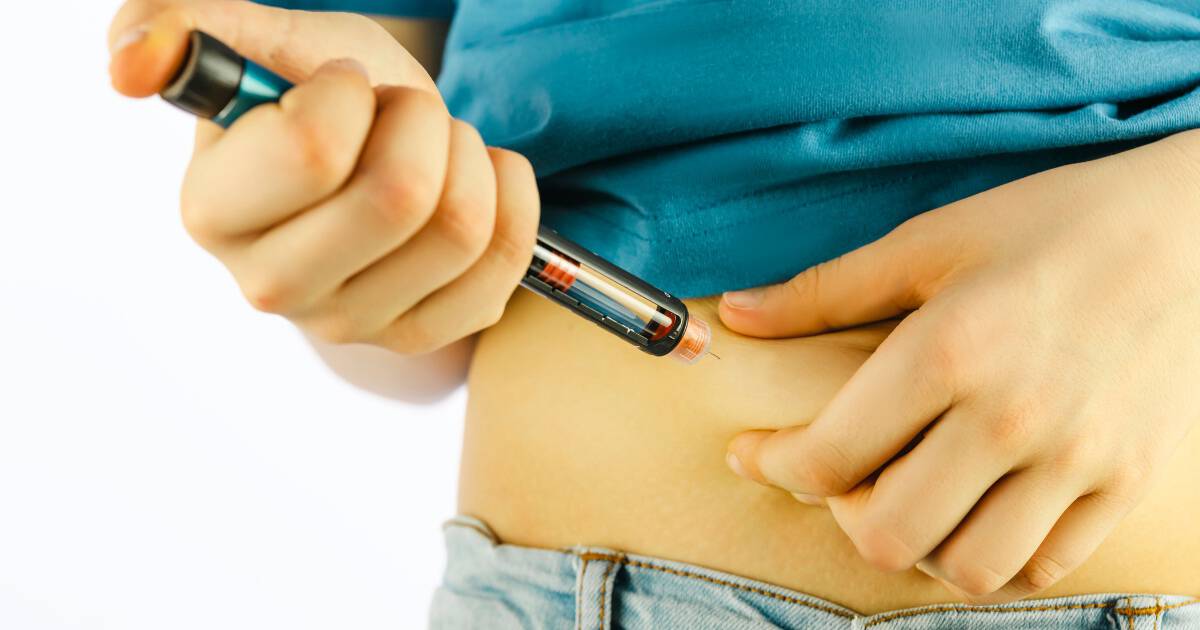In the world of cosmetic enhancement, Buccal Fat Removal has become a trending topic among those who desire a more sculpted and contoured facial appearance. This treatment involves the precise removal of the buccal fat pads from the lower cheeks to achieve a slimmer, more defined facial structure. While the procedure is gaining popularity worldwide, it’s also surrounded by various misconceptions that often cloud the decision-making process for many individuals. These myths can lead to confusion, hesitation, and unrealistic expectations. Whether influenced by social media, anecdotal experiences, or misinformation, it’s time to set the record straight. For individuals considering Buccal Fat Removal in Dubai, separating fact from fiction is crucial for making an informed, confident choice guided by medical expertise.
Myth 1: Buccal Fat Removal Is Only for Overweight Individuals
One of the most widespread myths is that buccal fat removal is only suitable for people with excess body fat. This is entirely untrue. Buccal fat pads are not directly related to overall body weight—they are naturally occurring fat structures located deep within the cheek. Even lean or athletic individuals can have prominent buccal fat pads that give the face a rounded, baby-like appearance.

Myth 2: It Creates a Hollow or Gaunt Look Over Time
Another common concern is that removing buccal fat will result in a hollowed-out or prematurely aged look, especially as one grows older. While facial volume loss is a natural part of aging, the belief that buccal fat removal accelerates this process is misleading.
In expert hands, the procedure is highly customized and conservative. Surgeons do not remove all the fat from the buccal pads. Instead, a portion is removed strategically to achieve balance and harmony. When performed with anatomical precision, it enhances cheekbone definition without compromising the youthful fullness of the face.
Moreover, experienced surgeons anticipate aging changes and plan the removal accordingly, often combining it with other volume-preserving or enhancing treatments for long-term aesthetic stability.
Myth 3: The Results Are Not Noticeable
Many people assume that buccal fat removal produces subtle or insignificant changes that are not worth the effort. In reality, while the changes may appear subtle at first glance, they are foundational to overall facial harmony.
By sculpting the mid and lower cheeks, buccal fat removal enhances the natural contours of the face. It creates a more pronounced contrast between the cheeks and jawline, subtly elevating the entire facial profile. These changes are especially noticeable under certain lighting conditions and in photographs, making the results desirable for individuals who seek definition without looking like they’ve had “work done.”
Myth 4: Buccal Fat Removal Is a Risky or Invasive Surgery
Contrary to this myth, buccal fat removal is considered a minimally invasive procedure when performed by a board-certified facial plastic surgeon or cosmetic surgeon. It involves small incisions inside the mouth, leaving no external scars, and is typically done under local anesthesia or light sedation.
The buccal fat pads are well-encapsulated and anatomically predictable, which makes them accessible with minimal disruption to surrounding tissues. Recovery is relatively straightforward, with mild swelling and minimal downtime compared to other facial procedures.
It’s important to emphasize that the expertise of the doctor plays a pivotal role in minimizing risks and ensuring a smooth, safe experience. The skill and judgment of the surgeon outweigh any generalized concerns about invasiveness.
Myth 5: The Procedure Is Reversible
A dangerous myth circulating among some groups is that buccal fat removal is reversible or that fat can easily be restored if the patient changes their mind. This is false. Once the fat is removed, it cannot naturally regenerate or grow back.
Though fat grafting or fillers can compensate for volume loss, they do not truly “reverse” the original state of the buccal fat pads. Therefore, individuals must be certain of their goals and trust their doctor’s assessment to avoid overcorrection or dissatisfaction later.
A conservative approach is always advisable. A highly skilled surgeon will remove just enough fat to create the desired effect without compromising future facial balance.
Myth 6: It’s Just a Trend Among Celebrities and Influencers
While it’s true that celebrities and influencers have popularized buccal fat removal by showing off sculpted cheekbones, dismissing the procedure as a “fad” underestimates its legitimate medical and aesthetic foundation.
Buccal fat removal has been practiced for decades in the field of facial aesthetics. Surgeons have long understood how buccal fat pads influence facial proportions, symmetry, and youthfulness. The recent attention simply highlights the improved techniques, better understanding of facial anatomy, and the rising preference for natural-looking enhancements.
Trends may come and go, but the principles of facial harmony and structural refinement remain central to aesthetic medicine, which buccal fat removal supports when approached responsibly.
Myth 7: It’s a One-Size-Fits-All Treatment
Each person’s facial structure, fat volume, and aesthetic goals are unique. Buccal fat removal is never performed in a standardized manner. Expert doctors carefully evaluate multiple factors, including:
- Cheekbone prominence
- Jawline shape
- Skin elasticity
- Smile dynamics
- Long-term aging patterns
Only after an individualized facial assessment does a surgeon tailor the extent and location of the fat removal. This is not a “cookie-cutter” procedure. Patients who undergo a detailed evaluation report the most satisfying, natural-looking outcomes.
Myth 8: It Can Be Performed by Any Cosmetic Practitioner
Another dangerous myth is the assumption that any aesthetic doctor, or even a non-surgeon, can safely and effectively perform buccal fat removal. In reality, this procedure requires profound knowledge of facial anatomy, surgical finesse, and years of hands-on experience.
The buccal space lies near critical facial nerves and structures. Improper technique or over-removal can lead to complications like asymmetry, nerve irritation, or undesirable contouring. Only a highly trained plastic or maxillofacial surgeon should perform this procedure to minimize risks and optimize aesthetic results.
Choosing a reputable, board-certified doctor with a track record in facial sculpting is crucial for a successful outcome.
Myth 9: It Will Drastically Change My Face
Some individuals hesitate because they fear the results will drastically alter their appearance. However, the goal of buccal fat removal is enhancement, not transformation.
When properly executed, the changes are subtle yet effective—sharpening the lower cheeks, refining the contour, and highlighting the cheekbones without changing the natural identity of the face. Most patients report looking like a more polished version of themselves, not someone unrecognizable.
This controlled and proportionate improvement is what makes buccal fat removal a favorite among those seeking understated elegance.
Myth 10: There Are No Long-Term Benefits
Buccal fat removal is not just a cosmetic fix; it also offers long-term structural benefits. By reducing excess cheek bulk, it allows for more visible definition and can even complement other facial procedures such as chin augmentation, rhinoplasty, or facelift.
Because buccal fat does not regenerate, the results are generally permanent, unlike dermal fillers or thread lifts that require repeat treatments. In the hands of a skilled surgeon, the treatment improves facial harmony for years to come, making it a valuable long-term investment in one’s appearance.
The Doctor’s Role: Precision, Planning, and Personalized Care
At the heart of successful buccal fat removal lies the expertise of the treating physician. Doctors who specialize in facial contouring approach this treatment with a blend of:
- Anatomical knowledge
- Aesthetic artistry
- Patient-centered planning
From the initial consultation to the final follow-up, surgeons analyze facial geometry, muscle movements, and tissue integrity. They determine if buccal fat removal alone will achieve the desired look or if a combination with other procedures would be more effective.
Moreover, responsible doctors educate their patients on realistic expectations, natural outcomes, and long-term benefits. Their goal is to refine—not drastically alter—the facial structure while preserving the patient’s unique features and emotional expression.
Benefits of Buccal Fat Removal
For those considering this treatment, here are the most notable benefits when performed by an experienced surgeon:
- Enhanced Facial Definition: Creates a more sculpted, V-shaped face by reducing cheek fullness.
- Permanent Results: Unlike temporary fillers, this is a long-lasting solution to round cheeks.
- Subtle Elegance: Natural-looking enhancement that maintains your facial identity.
- No Visible Scarring: Internal incisions prevent any external marks.
- Quick Recovery: Minimally invasive with a short downtime period.
- Boosted Confidence: A more contoured appearance can lead to improved self-image and confidence.
- Complements Other Procedures: Pairs well with chin, jawline, or nose refinements for comprehensive results.
Conclusion: Trust Facts, Not Fiction
The world of cosmetic surgery is evolving, but myths continue to surround procedures like buccal fat removal. Understanding the truths behind these misconceptions empowers patients to make informed decisions grounded in science and guided by expert care.
This is not a quick-fix trend but a refined, technical treatment with real, measurable outcomes. Individuals interested in Buccal Fat Removal in Dubai should consult certified, experienced facial surgeons who prioritize natural-looking, balanced results tailored to the individual’s anatomy and goals.



